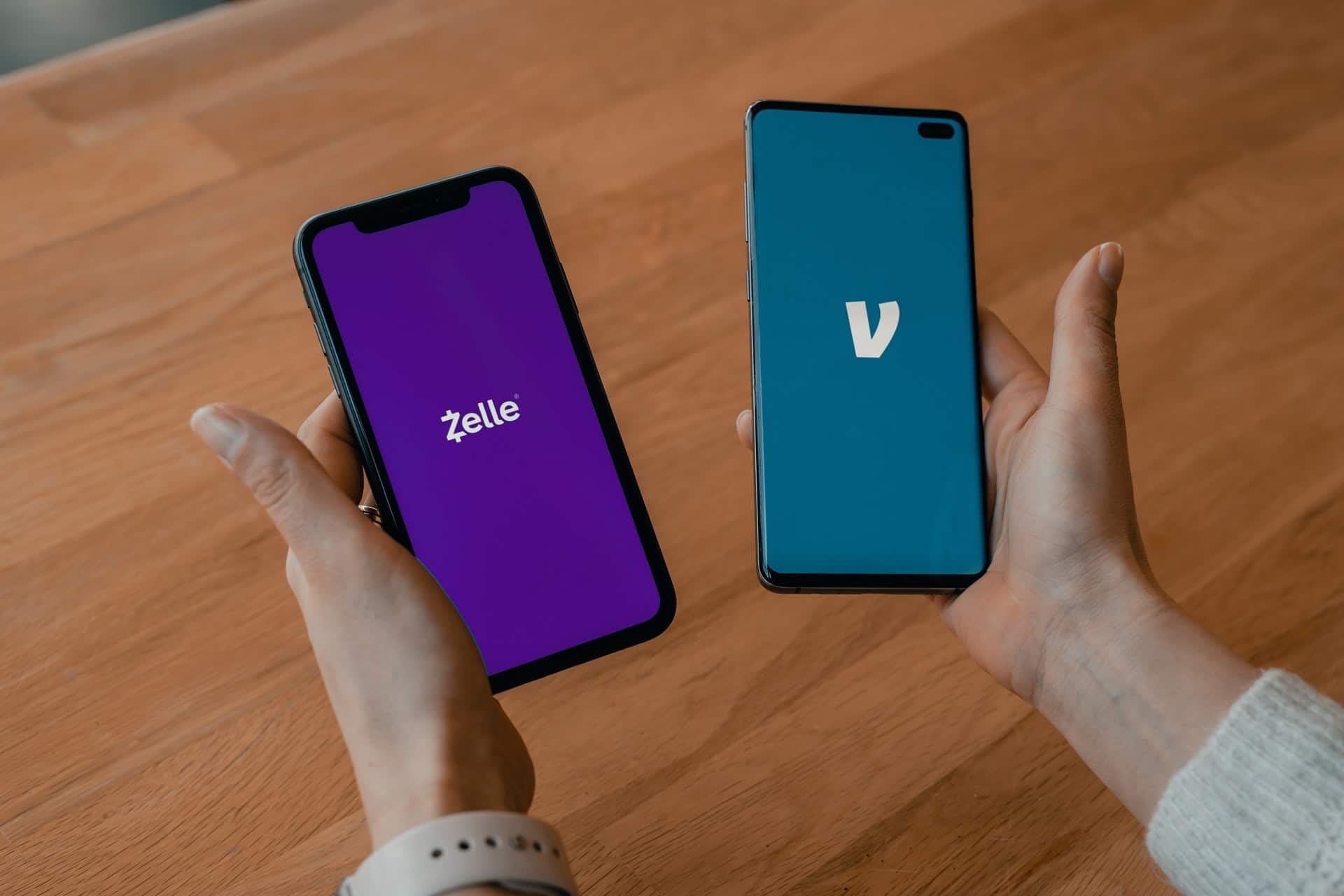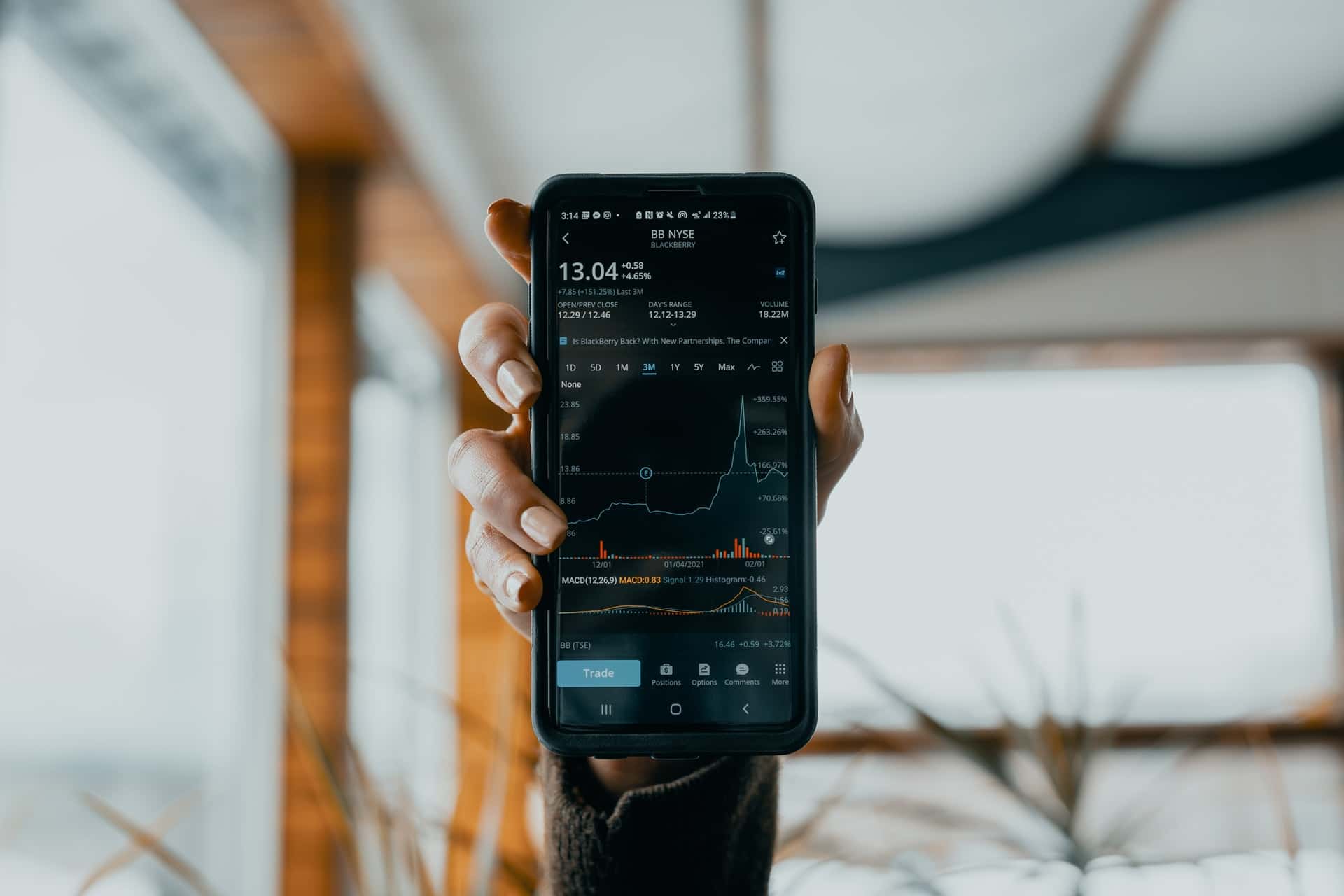If you’d like to invest in the planet – known as sustainable investing – you’re in excellent company. People all over the world are signing up to the many benefits it has to offer and picking up great profits too. In 2019, sustainable investing enjoyed a jaw-dropping $21 billion of investment, which is almost four times the previous record in 2018. And it’s showing no signs of slowing. Since the pandemic, 81% of people now think that caring for the planet is more important than ever, and 80% feel that brands should be responsible.
Not only have these investments become more popular, but they’ve also held up well so far throughout the recession. While other investments fell by an average of 1.5%, investments in the planet actually grew by 4.3%. If this sounds good to you, here are five essential tips to help you get started.
Find out why a stock or fund is sustainable
Once you’ve found some investments you like, it’s time to dig into them a little more. Here’s a useful glossary of sustainable investing terminology:
SRI (Socially Responsible Investing)
“Bad” investments like gambling, weapons, alcohol or pornography are usually not included. However, SRI isn’t especially good for the world either. Often, you’ll find fossil fuel energy companies, tobacco companies, fast fashion and more in these funds.
Negative screening
Like SRI, this is when “bad” investments are excluded.
Ethical
This really could mean anything! Ethical investing means choosing investments based on ethical or moral principles. It mostly excludes “bad” investments and adds in some of ESG funds too.
ESG (Environmental, Social, Governance)
ESG is an acronym for the environmental, social and governance practices of an investment. Investments only need to tick one of these boxes to be categorised as ESG. And so, many go for “Governance” and try to diversify their workforce.
Sustainable
This is a catch-all phrase, but over time it’s come to focus more on environmental investing.
Impact
Investing which directly creates positive and measurable change. This change should be an environmental, social or governance improvement.
These terms have no standard definition yet, and so they are open to different interpretations. This can be problematic as many ESG funds contain oil, tobacco, and fast fashion. To avoid surprises, it’s best to read the small print before you invest.
Put the sustainability into context
How much good is this investment really doing for the world? Once you know why it’s been classed as sustainable, it’s time to put it into context.
Be aware of isolated numbers. For example, in the news today, one energy company is pledging to commit $5 billion a year towards green alternatives. However, after some digging, you can see that they’re also planning to continue investing $70 billion over the next five years in oil and gas. This is also known as greenwashing, and you can read more about it here.
To get a feel for true sustainable investing, read as much as you can about the company. You can get this information from several sources. You could follow the news closely and subscribe to trade publications. You could also look at the company’s sustainability rating or score. There are a range of companies out there who provide this, such as MSCI, Vigeo Eiris, ISS and RobecoSAM. For investors, ESG rating information is also available for free with sites like Sustainalytics and CSR Hub.
Invest for your timeframe
Legendary investor Warren Buffet bought his first shares at the age of 11. He paid $38 for each one, and then sold them for $40 each, making a small profit. But soon he learnt the lesson of a lifetime. He’d sold too early. Almost immediately the shares became worth more than $200 each. The lesson? Give your investments enough time and be wary of selling at the first sign of profit, if you think your stock will go up further. Research sustainable investing, looking at future world events or policies which could impact their growth over the long-term. Develop an idea of how much time they’ll need to reach their potential.
As a rule of thumb, the more time you have, the more investment risk you can afford to take.
When investing, your capital is at risk and you may recover less than the original amount.
Find the right level of risk
Some sustainable investments are riskier than others. Low-risk investments are when you’re unlikely to lose money, but there is little potential for higher profits. High-risk investments mean that you could lose most of your investment money, but you could hit the jackpot.
Feeling comfortable with the level of risk you’re taking on is important, and everyone is different.
Studies show that we feel the pain of a loss more severely than we enjoy the pleasure of gains. If you’ve ever lost a fresh five-pound note, you’ll know the feeling! Money worries can also keep us up at night and impact our stress levels. So, it’s essential to do what is right for you. Remember to select investments you feel comfortable with and adjust over time if you need to.
Funds can be a good starting point
“Diversification is the only free lunch in investing”, Nobel Prize Laureate Henry Markowitz famously quipped in 1952. And nearly half a century later, investors worldwide are still repeating it.
Diversification is the process of investing in lots of different things, rather than just one or two. And it’s common sense really – it’s the same principle as “don’t put all your eggs in one basket”.
By spreading your money across different assets, industries and geographies, you also spread your risk. A good way to do this is with funds, which are groups of investments. Look into the sustainable Mutual Funds and Exchange Traded Funds on the market.
Try to get a good variety of different investments, and not rely too heavily on one sector like technology or alternative energy. Before you purchase a fund, check what it contains. These are known as the “holdings”, and you can usually find them in the company documents. Of course, you can’t pick your own companies in the fund – the fund manager will do this. If you don’t like some of the companies in the fund, it might be better to find a different fund which suits your requirement. Luckily there are now a record-breaking 333 sustainable funds to choose from, so you’ll hopefully be able to find some you like.
When it comes to sustainable investing, choosing funds can help you stay diversified in the most cost-effective way.
Key takeaways on sustainable investing
- Sustainable investing has many different approaches. Explore which style you feel most comfortable with as you begin your journey.
- Look out for greenwashing! Nearly all companies claim to be ethical nowadays. Go beyond the marketing and dig into the real details to uncover the truth.
- Invest for your time horizon and be wary of selling too soon.
- Your risk levels are important. Only invest what you can afford, in a way you feel comfortable with.
- Speaking of risk, one of the best ways to mitigate it is to diversify your investments as much as possible. This means investing in a good variety of different sectors and geographies. A cost-efficient way to do this is with funds.
Please remember, when investing your capital is at risk.
Tags: Impact











